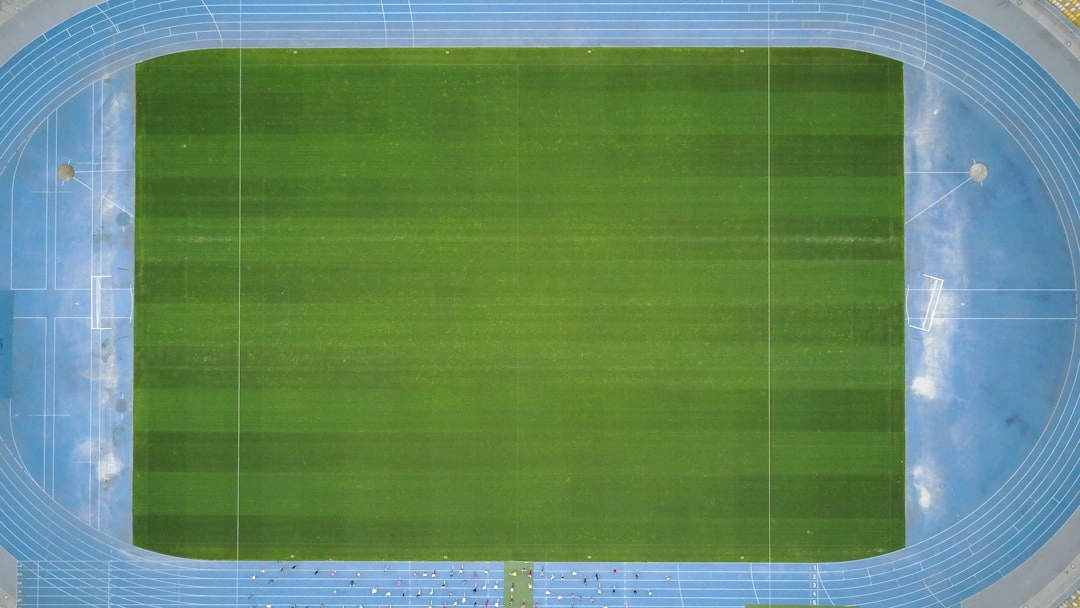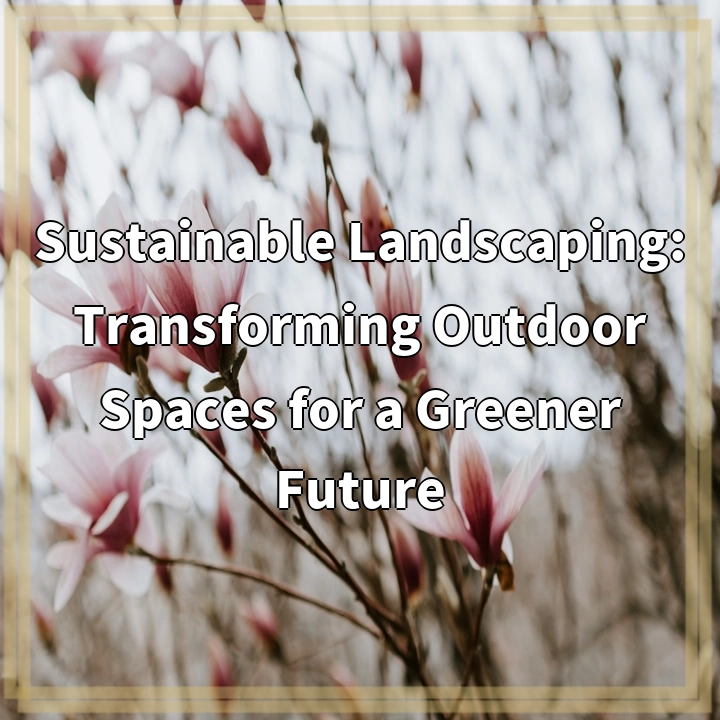
What it is:
Green initiatives in dance production refer to the practices and strategies implemented to minimize the environmental impact of dance performances and related activities. This approach encompasses various aspects of the production process, including set design, costumes, lighting, transportation, and waste management. By integrating sustainable materials and methods, dance productions aim to reduce their carbon footprint while promoting environmental awareness within the artistic community.
Key Components of Green Dance Initiatives
Green dance initiatives often include the use of recycled or eco-friendly materials for sets and costumes, energy-efficient lighting systems, and sustainable transportation options for cast and crew. Additionally, many companies focus on reducing waste by reusing materials and implementing recycling programs. These efforts help create a more sustainable environment for both artists and audiences, demonstrating a commitment to environmental stewardship through the art of dance.
Real-World Problems
Despite the positive intentions behind green initiatives in dance production, several real-world problems hinder their widespread adoption. One of the primary challenges is the cost associated with sourcing sustainable materials and technologies. Many dance companies operate on tight budgets, making it difficult to invest in eco-friendly options that may initially be more expensive than traditional alternatives.
Logistical Challenges
Logistical challenges also pose significant barriers. Coordinating transportation for larger sets, props, and costumes while ensuring minimal environmental impact can be complicated. Additionally, the need for specialized training in sustainable practices for staff and crew can further complicate the process of implementing green initiatives effectively.
Lack of Awareness
A lack of awareness about the importance of sustainability in the arts can also hinder progress. Many artists and organizations may not fully understand the environmental impact of their practices or the potential benefits of adopting greener methods. This gap in knowledge can result in a reluctance to change established habits within the industry.
Balancing Art and Sustainability
Finally, there is often a perceived tension between artistic expression and sustainability. Some creators may worry that prioritizing eco-friendly practices could compromise their artistic vision or limit their creative options. Overcoming this mindset is essential for fostering a culture that embraces sustainability as an integral part of the artistic process.

Solutions to Green Initiatives in Dance Production
While there are challenges associated with implementing green initiatives in dance production, several solutions can help overcome these barriers. By adopting innovative practices and fostering a supportive community, dance companies can move towards a more sustainable future.
Cost-Effective Sustainable Materials
One solution is to seek out cost-effective, sustainable materials that do not compromise artistic integrity. Collaborating with local suppliers and artisans can reduce costs while supporting the community. Additionally, using refurbished or second-hand materials can be a budget-friendly way to create stunning sets and costumes.
Streamlined Logistics
Improving logistical coordination is essential for minimizing environmental impact. Dance companies can develop a transportation plan that emphasizes carpooling and using energy-efficient vehicles. Establishing partnerships with local venues and suppliers can also streamline the production process, reducing the carbon footprint associated with travel and resource procurement.
Education and Training
Providing education and training for staff and crew about sustainable practices is crucial. Workshops and resources can help raise awareness and equip individuals with the knowledge needed to implement green initiatives effectively. Integrating sustainability into training programs can also ensure that future generations of dancers prioritize eco-friendly practices in their work.
Balancing Creativity and Sustainability
Fostering a culture that values both creativity and sustainability is vital. Encouraging dialogue among artists about how to incorporate green initiatives into their creative processes can lead to innovative solutions that enhance artistic expression. By showcasing successful examples of sustainable dance productions, companies can inspire others to explore and adopt greener practices.















